Kiel University of Applied Sciences
The Formation
The Digital Signal Processing Working Group (DSV-AG) at Kiel University of Applied Sciences, created under the leadership of Prof. Dr.-Ing. Sabah Badri-Höher, has been operating a laboratory for the investigation of underwater technologies since the beginning of 2013.
In addition to the construction of autonomous underwater vehicles, research focuses on the development of innovative algorithms and methods for data evaluation in the areas of navigation, localization and detection, as well as acoustic underwater communication.

The Evolution

The team of the DSV-AG contributes experience from various projects into the MAUS project. First and foremost is the AUV Team Tomkyle, a student project that focuses on the design, implementation and deployment of AUVs. This expertise has been proven through regular participation in competitions (ERL Emergency Robots, SAUC-E).
The AUV "Robbe131" emerged from a joint project with the Geomar research facility in Kiel. It was designed as a modular sensor platform.
The follow-up HeliROV has been designed as a remotely operated underwater vehicle that allows visual and acoustic monitoring of underwater structures without the need for dangerous diving missions.
This vehicle was successfully tested. In the UFO project (Underwater Fish Observatory), a platform for non-invasive measurement of fish biomass, the DSV-AG is responsible for sonar signal processing.
Tasks
The team's expertise includes diverse disciplines: electrical engineering, computer science, mechanical engineering, mechatronics and shipbuilding. This is supported by experience from the fields of research and industry.
The main tasks of the DSV-AG in the MAUS project are the following:
- Organization
- Design, engineering and manufacturing of the vehicles
- Implementation of acoustic, optical and environmental sensor technology
- Software Architecture and Core Algorithmics
- Integration and tests
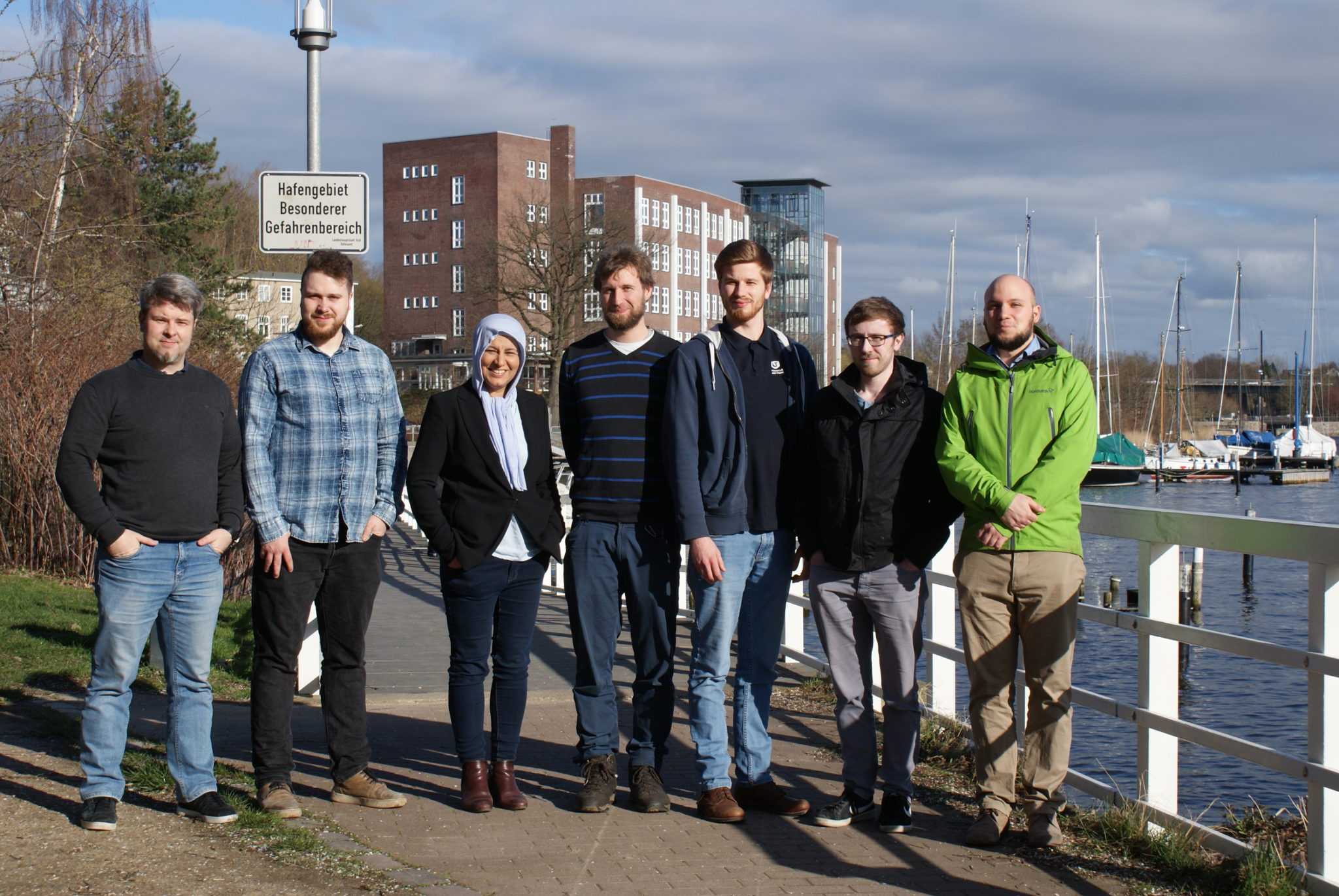
Team
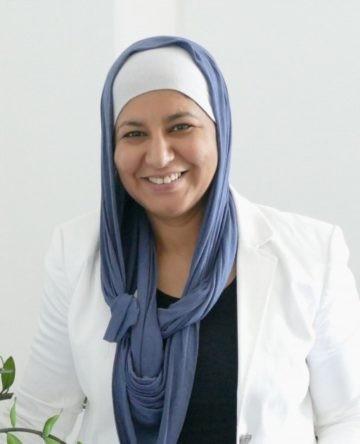
Prof. Badri-Höher
In the MAUS project, her work includes leading AUV design and integration of sensor technology, sonar and camera image processing, and acoustic communication.
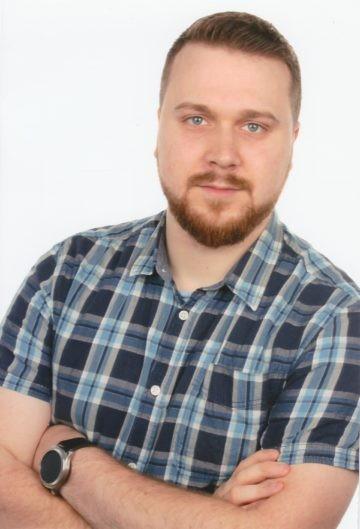
Thomas Cimiega
Thomas Cimiega is involved in the implementation of the sonar systems on the vehicles. He also develops the sonar data processing to enable collision avoidance, mapping and position determination.
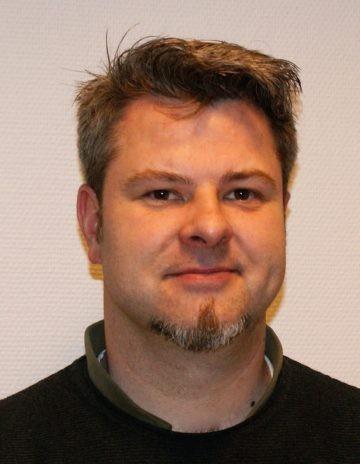
Uwe Björn Ruhland
Uwe Björn Ruhland is responsible for the development and production of various electronic circuits and the programming of microcontrollers in the MAUS project.
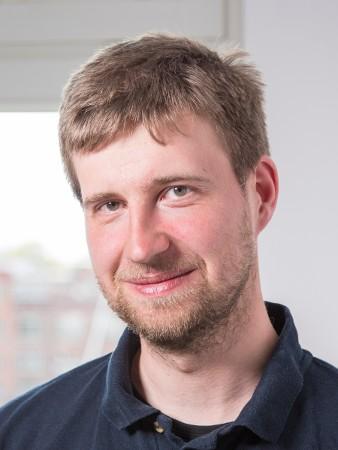
Lars Wolff
In the MAUS project, Lars Wolff is responsible for acoustic underwater communication and support of position determination by acoustic methods. He is also working on the interaction of acoustic communication with optical and inductive communication. Furthermore, he develops the camera system of the two MAUS AUVs.
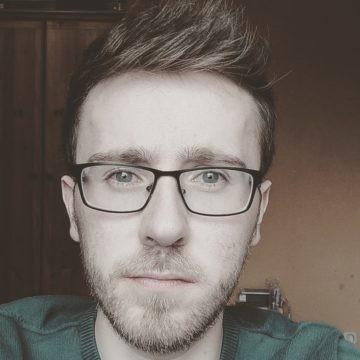
Jonni Westphalen
Jonni Westphalen is studying information technology for his bachelor's degree. In the MAUS project, he is developing a new, modular software architecture as well as the necessary interprocess communication.
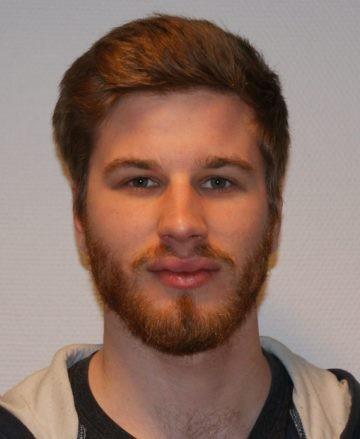
Max Stickel
Max Stickel is studying mechatronics in his bachelor's degree. In the MAUS project, he is working on the actuators and regulation of the vehicles. In this regard, he is developing a specific electronic speed controller. Furthermore, he is responsible for the implementation of electronic components in the AUVs.
Contact and more Information about ongoing projects or concerning the AUV team can be found under the Workgroup page or the AUV team page .
